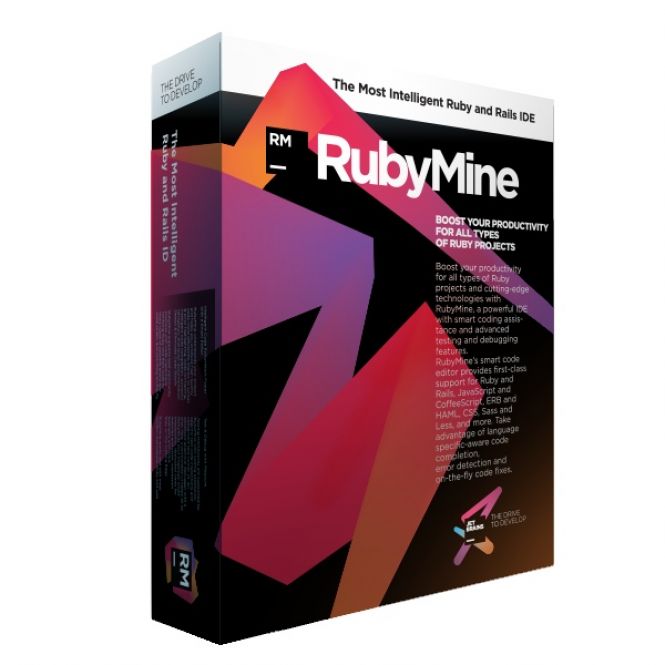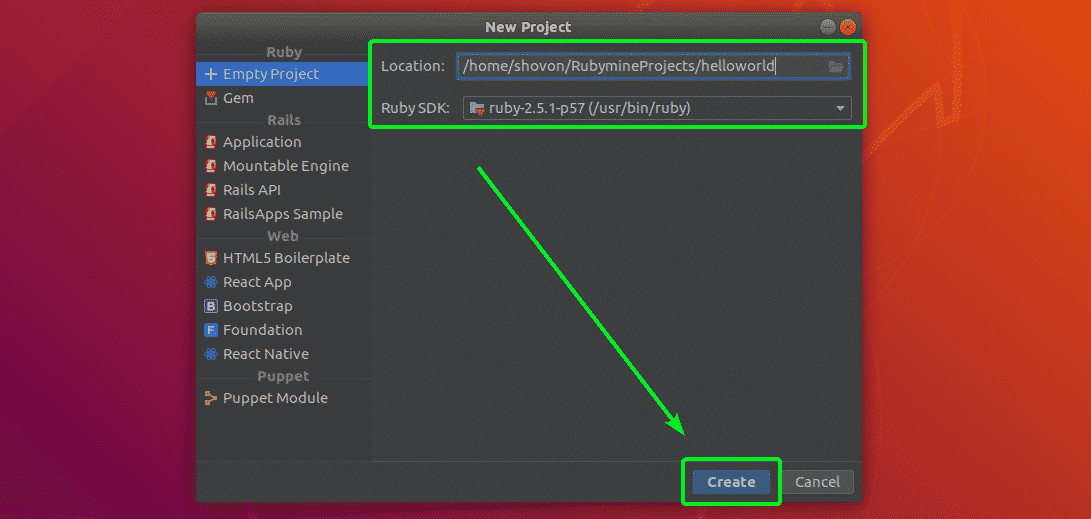
#Install rubymine code#
Set breakpoints in your code and use the debugger to step through the code to identify the error. Debugging: If you encounter errors in your code, you can debug it using the debugger tool in Eclipse.Build and Run the Code: To build and run your code, click the "Run" button or go to "Run" -> "Run As" and select the appropriate option.Write or edit your code in the editor window. Write and Edit Code: Open the file you want to edit by double-clicking on it in the "Package Explorer" or by going to "File" -> "Open File".Select the type of project you want to create, such as Java or Web project, and follow the wizard to create the project. Create a Project: To create a new project, go to the "File" menu and select "New" -> "Project".The workspace is where Eclipse will store your project files and configurations. Create a Workspace: When you open Eclipse IDE for the first time, it will prompt you to select a workspace directory.Follow the installation wizard to complete the installation process.
#Install rubymine install#
Download and Install Eclipse IDE: Visit the official website or FileHorse and download the version of Eclipse that suits your operating system.The welcome screen and the help system now look much better on the dark theme.įree and open-source released under the terms of the Public License 2.0. Support for subword and subtype code completion and non-blocking Java content assist. More and more, the IDE is being powered by individual contributors all around the world. Extend the desktop and web-based IDEs by writing your own plug-ins using the Plug-in Development Environment (PDE), or mash up features to build the web IDE of your dreams.Ĭontinued focus on performance for these past few releases. Use the Eclipse Marketplace Client to find, install, and vote for new plug-ins from a vast ecosystem of providers. You can then publish plug-ins to Eclipse Marketplace of 1000s.Īn impressive collection of tools can be easily installed into your Eclipse desktop IDE, including GUI builders and tools for modeling, charting and reporting, testing, and more. It provides multiple platforms to build plug-ins for desktop tools, distributed services used by cloud IDEs, and browser interfaces. Use your imagination to build services and tools that can be assembled into new IDEs or packages tailored to your identity. XML and Web Tooling Improvement: New RELAX NG validation and editing support for XML, in addition to the latest TypeScript 4.9 and other web languages and frameworks.Ĭreate the next generation of developer tooling with these extensible platforms.Java Support: Supports Java 19 and offers the necessary tools for development.
#Install rubymine software#

Maven Tooling Enhancement: Built-in Maven annotation processor support and improved support for various core Maven plugins.Extensibility: Eclipse has a vast array of platform plugins that facilitate the addition of new functionalities.




 0 kommentar(er)
0 kommentar(er)
